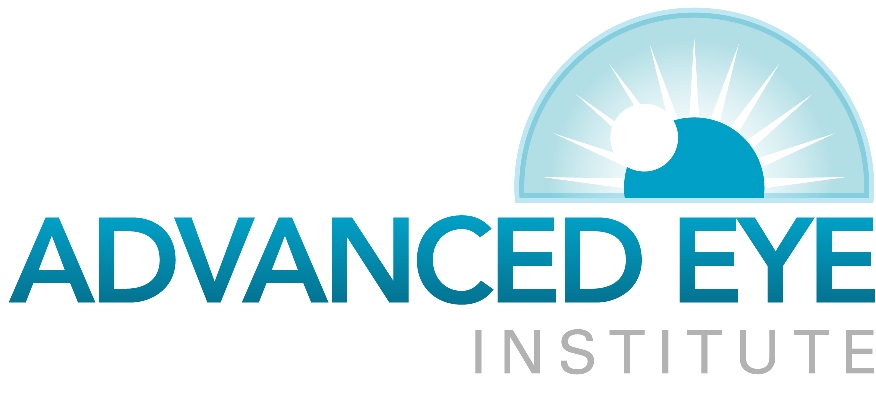Glaucoma is a disease that damages your eye’s optic nerve (a nerve in the back of your eye that connects to your brain), and is a leading cause of blindness in individuals over the age of sixty. It usually happens when fluid known as “aqueous” builds up in the front part of your eye. That extra fluid increases the pressure in your eye, damaging the optic nerve.
Your eye constantly makes a clear liquid, aqueous fluid, inside the front compartment of your eye. This fluid helps to nourish the eye and hold its shape. As new fluid flows into your eye, the same amount should flow out. The fluid drains out through an area called the drainage angle. This process keeps pressure in the eye (called intraocular pressure or IOP) stable. If the drainage angle is not working properly, fluid will build up causing the pressure inside the eye to rise, which will cause damage by putting stress on the optic nerve.
The only way to diagnose glaucoma is with a complete eye exam. A glaucoma screening that only checks eye pressure is not enough to detect glaucoma. Damage done to the optic nerve in Glaucoma is permanent. It is something that cannot be reversed by glasses or any other intervention. The good news is eye drop medications, lasers, and surgical options are available to stop further damage.
Dr. Richard Arceneaux and Dr. Jonathan Carrere are proud to offer cutting edge technology and techniques for glaucoma patients. They are excited to offer the most recent option for Glaucoma patients, called MIGS (Minimally Invasive Glaucoma Surgery). MIGS is a group of procedures with micro-incisions that cause the least amount of trauma to the surrounding scleral or conjunctival tissue. These techniques offer minimal risk of complications, especially when compared to other more invasive glaucoma procedures. There is minimal scarring, rapid recovery and low-risk of complications.
iStent inject and Xen Gel Stent are the latest in MIGS technology. Advanced Eye Institute is a forerunner of MIGS surgery in the tri-parish region. A patient, who suffers from both cataracts and glaucoma, can be treated with a MIGS device at the time of their cataract procedure. However, there are MIGS procedures that are available for treatment of glaucoma without cataract involvement.
Treating glaucoma successfully is a team effort between the patient and physician. Your ophthalmologist will prescribe your glaucoma treatment. It is up to each patient to follow the instructions that are given and make sure to use the medications and/or follow all post operative instructions appropriately. Your vision depends on it! Call today to schedule your Glaucoma screening.
You can also visit our websitefor more information on the best treatment options for you!



